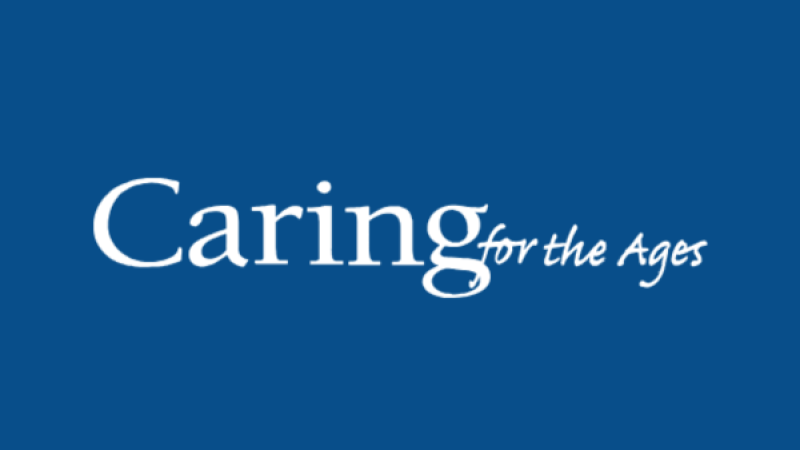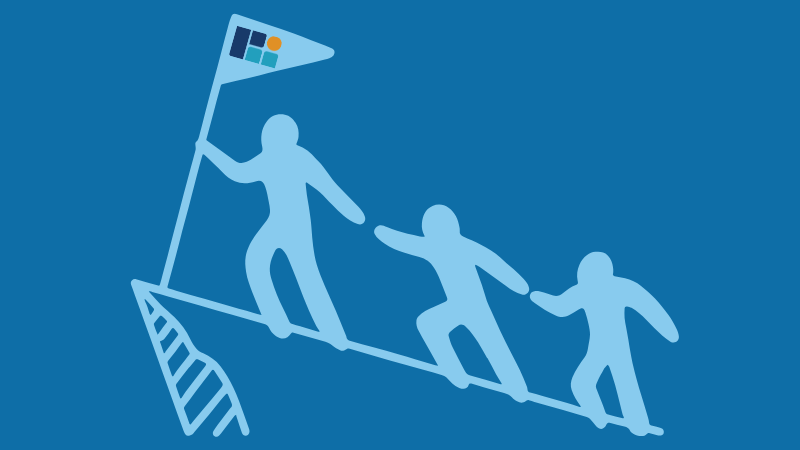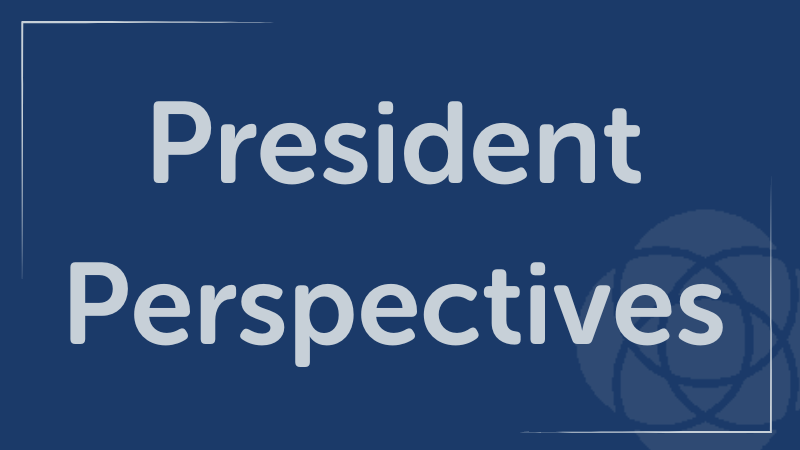February 9, 2024
Older people often get ignored, dismissed, disrespected, and misunderstood in a society seemingly obsessed with beauty and youth. AMDA members and others who work in post-acute and long-term care (PALTC) must face the realities of ageism and the challenges of overcoming it. AMDA On-The-Go Host Diane Sanders-Cepeda, DO, CMD, discussed this and more with her guests Cynthia Kuttner, MD, CMD, and Fatima Naqvi, MD, CMD, during Ageism: The Culture of Aging and Bias of Ageism (Part 1 of 2).
“Across the globe, the concept of aging is changing,” said Dr. Naqvi. “When I grew up, we respected elders and saw them as a source of wisdom, respect, and authority to guide us.” Today, she noted, aging discrimination is more common than it was 2-3 decades ago, though it’s not always obvious.
Dr. Kuttner said, “I really just have the U.S. perspective, but here the media is all about how one can avoid aging and look younger, more attractive, etc. She said it is everywhere and even engrained in children, pointing to studies suggesting that children as young as four years old think it’s terrible to get old.
Of course, it’s not just children who have negative attitudes or stereotypes about aging. Dr. Kuttner observed, “If people are delirious and go to the hospital or they have hearing or vision problems, they often are thought to have dementia. This happens everywhere, and it’s hard to work against it.”
There is no one reason for the rise of ageism. However, Dr. Kuttner suggested, “Maybe some of it is related to people living longer and having longer periods of disabilities.” She said this may contribute to people seeing aging in a negative light, and it even affects older adults. She explained, “I think they are fearful of having a stroke and being unable to speak or function or getting dementia and losing their ability to be independent.”
There is no easy way to combat ageism, but there are steps to take. For instance, Dr. Naqvi said, “I like to see the world through eyes of equity where everyone is treated the same way.” When you do this, she suggested, it is possible to identify and overcome biases.
Dr. Kuttner added, “We need to not just look at people as patients but as unique individuals.” She said, “I like to be intentional. I like to get to know patients and their families and see them as a whole unit and not just someone with a room number.” Dr. Naqvi further noted, “It is important to look at each person and respect them where they are in life while being aware of their past contributions to society.”
At the same time, Dr. Kuttner said, “We need to look at how we teach staff, nurses, and caregivers about ageism and how to respect older people as individuals.” She said this is a “work in progress,” and it requires being open to people’s uniqueness while acknowledging and addressing our biases.
The guests talked about one tool to help fight ageism: the concept of Age-Friendly Health Systems, with a goal of creating health systems that ensure every older adult receives the best care possible, isn’t harmed by care, and is satisfied with the care they receive. The concept also embraces the 4Ms framework: What Matters, Medication, Mentation, and Mobility.
“What Matters Most is my favorite,” said Dr. Kuttner. “We have a template for this in our medical record, and we find out about how patients feel about different things, what their goals are, what their interests are, etc.” This is important, she said, to help understand what is unique about each person and make sure it’s documented to help guide care.
It is important to realize, said Dr. Sanders-Cepeda, that ageism isn’t limited to nursing homes. It happens in all settings. For instance, Dr. Kuttner noted, “I’ve seen it in outpatient clinics where the care team talks to the caregiver and not the older person.” She concluded, “We need to teach practitioners how to interact better with caregiver-patient situations in all settings.”




